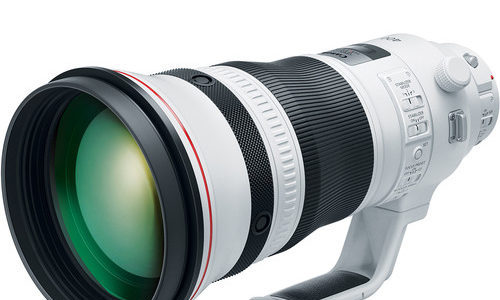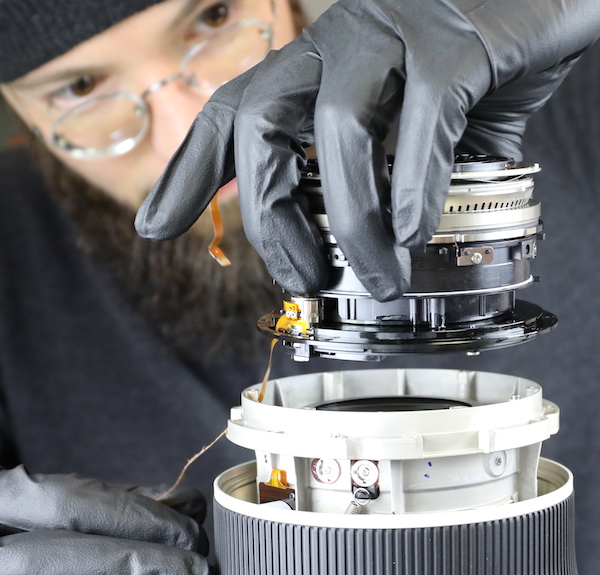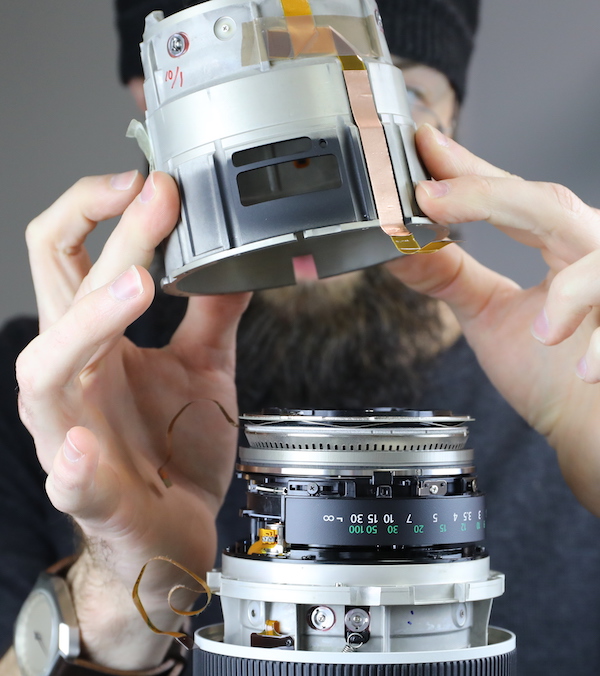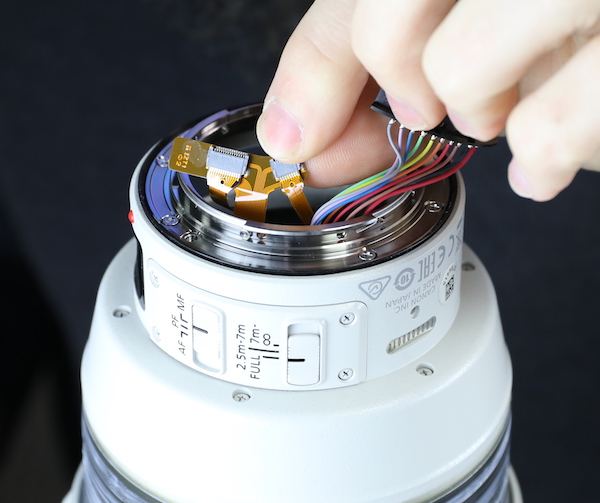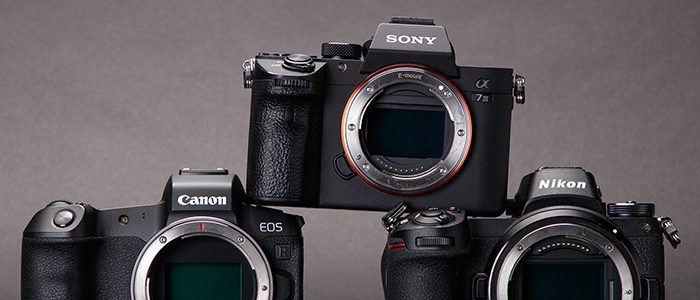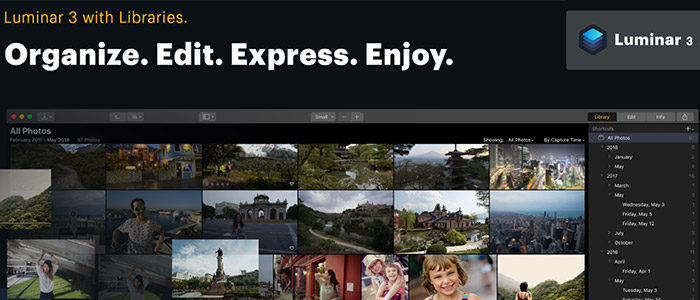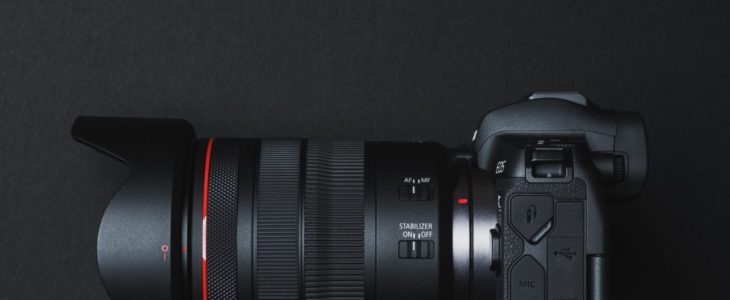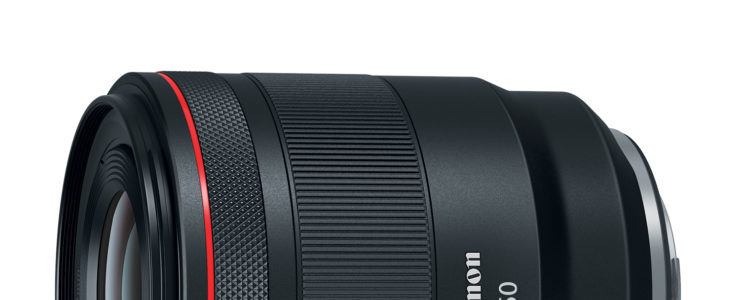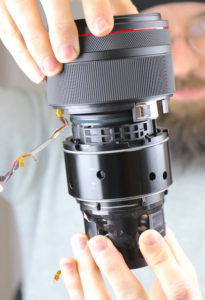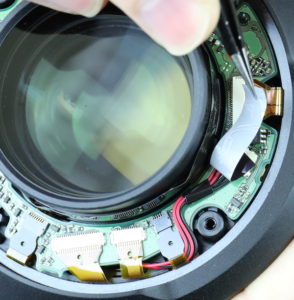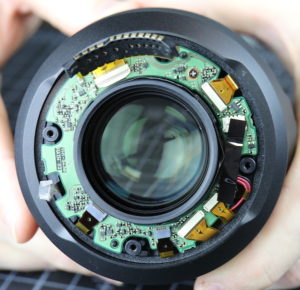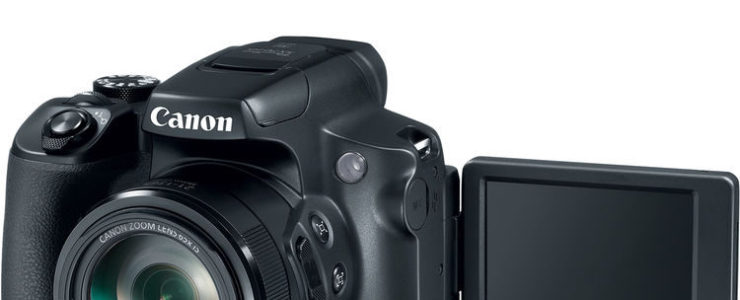Canon EF 400mm f/2.8L IS III Teardown (Lens Rentals)
Roger Cicala and Aaron Closz of Lens Rentals disassembled the Canon EF 400mm f/2.8L IS III lens, a lens that costs like a used car.
From their conclusion:
The spring-loaded adjustable collar collection is something of a mystery to us and will remain so until we can spend some days doing optical adjustments on one. The use of the same motor as the RF lens is very interesting in several ways. Only some more tear downs will tell us if this is just a superior motor type that Canon is going to use in all electrically focused lenses (I suspect this is probably the case), or just in lenses with a lot of glass in the focusing element (another likely thing).
Canon has really been very quiet about this lens, despite the known changes inside. I had a lot of trouble finding out which elements are fluorite (two of them are, apparently). There has been some talk about improved focusing speed and accuracy, which I assume has something to do with the new electronic focus system, but not much.
The teardown is explained step by step with a lot of pictures, see it here.
All images © lensrentals.com and used with permission.
Canon EF 400mm f/2.8L IS III at a glance:
- EF-Mount Lens/Full-Frame Format
- Aperture Range: f/2.8 to f/32
- Super UD and Fluorite Elements
- Super Spectra and Air Sphere Coatings
- Ring-Type Ultrasonic Motor AF System
- Customizable Electronic Focusing Ring
- Optical Image Stabilizer
- Weather-Sealed Design, Fluorine Coating
- Detachable, Rotatable Tripod Collar
- Rounded 9-Blade Diaphragm
Canon EF 400mm f/2.8L IS III: B&H Photo, Adorama, Amazon USA, Amazon Canada, Canon Canada, Canon USA

